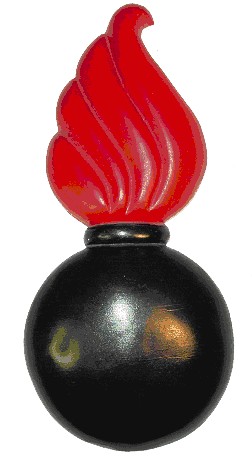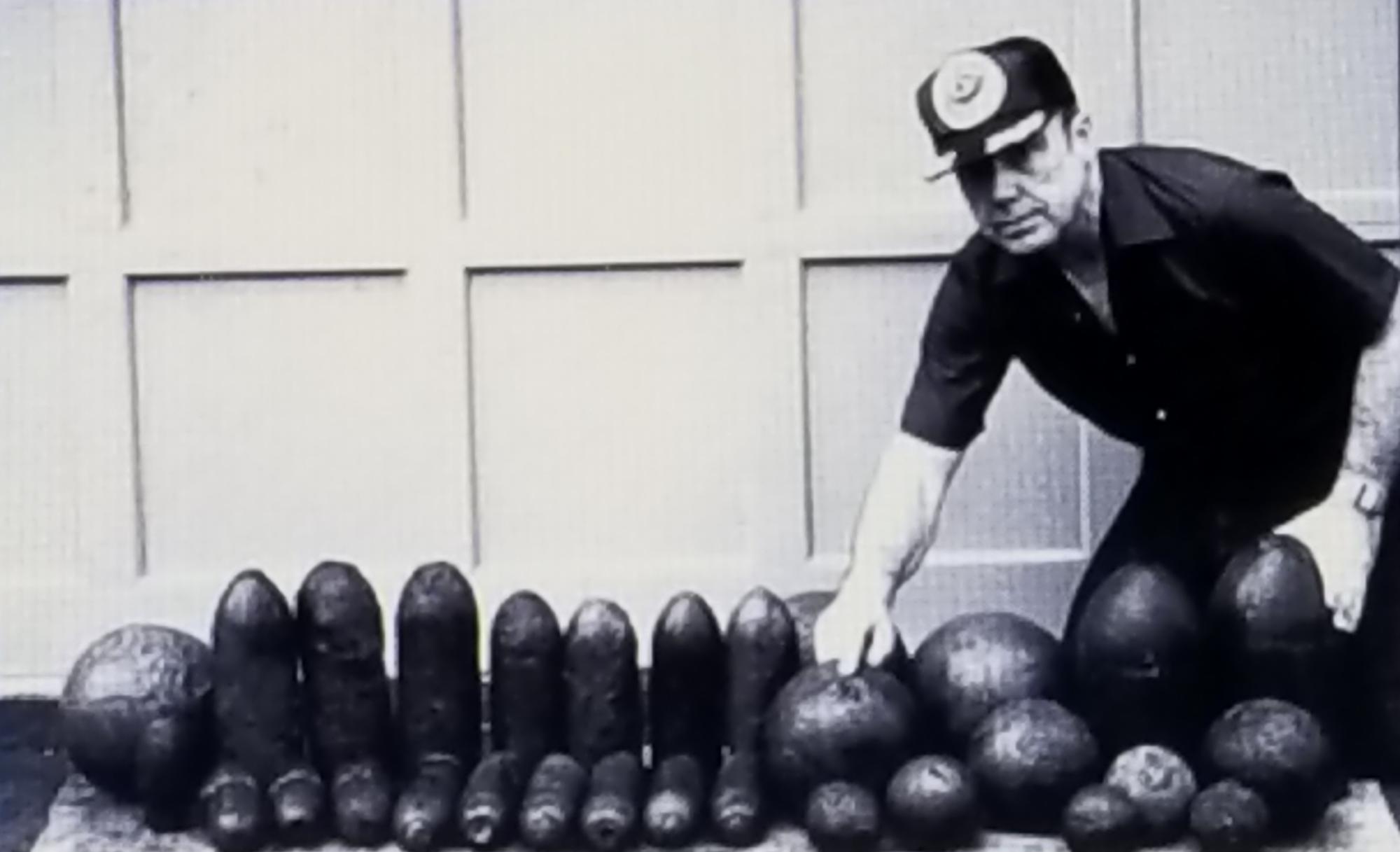About the author: Colonel John F. Biemeck was born in Illinois and is a lifelong black powder historian. As a child, he heard stories about his families' ordeal during the Civil War, from family members and became interested in history. At age 11 he visited Lookout Mountain Battlefield, saw his first black powder artillery projectile and developed a lifelong passion for black powder cannon balls and projectiles. Upon entering the U.S. Army, he learned black powder ordnance procedures and realized how little had been documented on the deactivation of black powder projectiles. During the next fifty years, he pioneered black powder deactivation experiments and collected data on black powder projectiles, participating in the recovery of over 1,700 projectiles, circa 1776 to 1865. In the process he deactivated over 600 projectiles, making observations and recording data on the components, charges and the configuration of fuses and projectiles. This necessitated the development of preservation techniques that were practical and affordable for the amateur historian and conservationist.
His education includes a B.S. degree in Business Administration from Bowling Green State University and a Master's Degree in Industrial Management (with highest distinction) from Babson College. He entered the U.S. Army, from college and served in the Quartermaster Corps, Infantry and became a career Ordnance Officer. Her commanded Ordnance units at the company, battalion and brigade levels, commanding the famed 82nd Airborne Division Support Command, at Fort Bragg, NC. He also served in Korea, Alaska and was in the Great Alaskan Earthquake in 1964. He served two tours in Vietnam. The first tour was with the 101st Airborne Division and the second was on General Creighton Abrams' staff in Saigon. Prior to his retirement, he served as the Executive Officer to three consecutive four-star Commanding Generals, of the Army Material Command. His decorations include the Distinguished Service Medal, three awards of the Legion of Merit, four awards of the Bronze Star, the Meritorious Service Medal, the Joint Services Commendation Medal. the Air Medal and four awards of the Army Commendation Medals. He is a graduate of the U.S. Army Airborne, Jumpmaster, Quartermaster, Infantry and Ordnance Schools; the U.S. Army Command and General Staff College and the National War College. He retired with the rank of Colonel.
Following his retirement, he was employed by Marriot, the lodging giant and managed their International Headquarters complex in Bethesda, Maryland, retiring again in 1997, to enter public service. He is the past president of the Colonial Beach Historical Society and past curator of the Museum in Colonial Beach, VA. He is also the past Vice Mayor of Colonial Beach and served on the Town Council for over five years.
He has compiled extensive data on black powder projectiles, has been a contributor to historical publications and is frequently contacted by EOD detachments and historians conducting black powder research. He participated as an explosive munitions advisor in the recovery of explosive projectiles from the USS Westfield in Galveston Harbor, TX and was commisioned to travel to Alaska, to deactivate a historical projectile that had been fired into a Native Alaskan Indian Village, by the US Navy, in 1869. The publication of his "Encyclopedia of Black Powder Artillery Projectiles Found in North America 1759-1865", is the capstone to over 50 years of research and the assembly of black powder projectile data.

